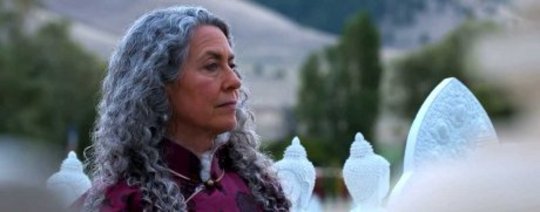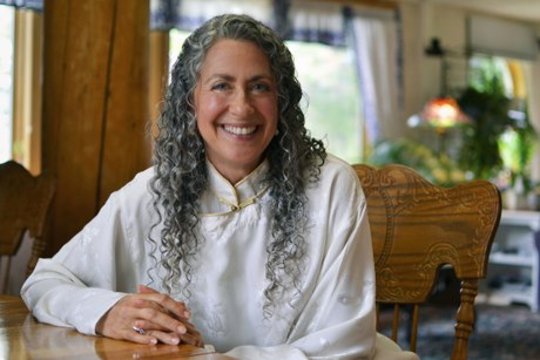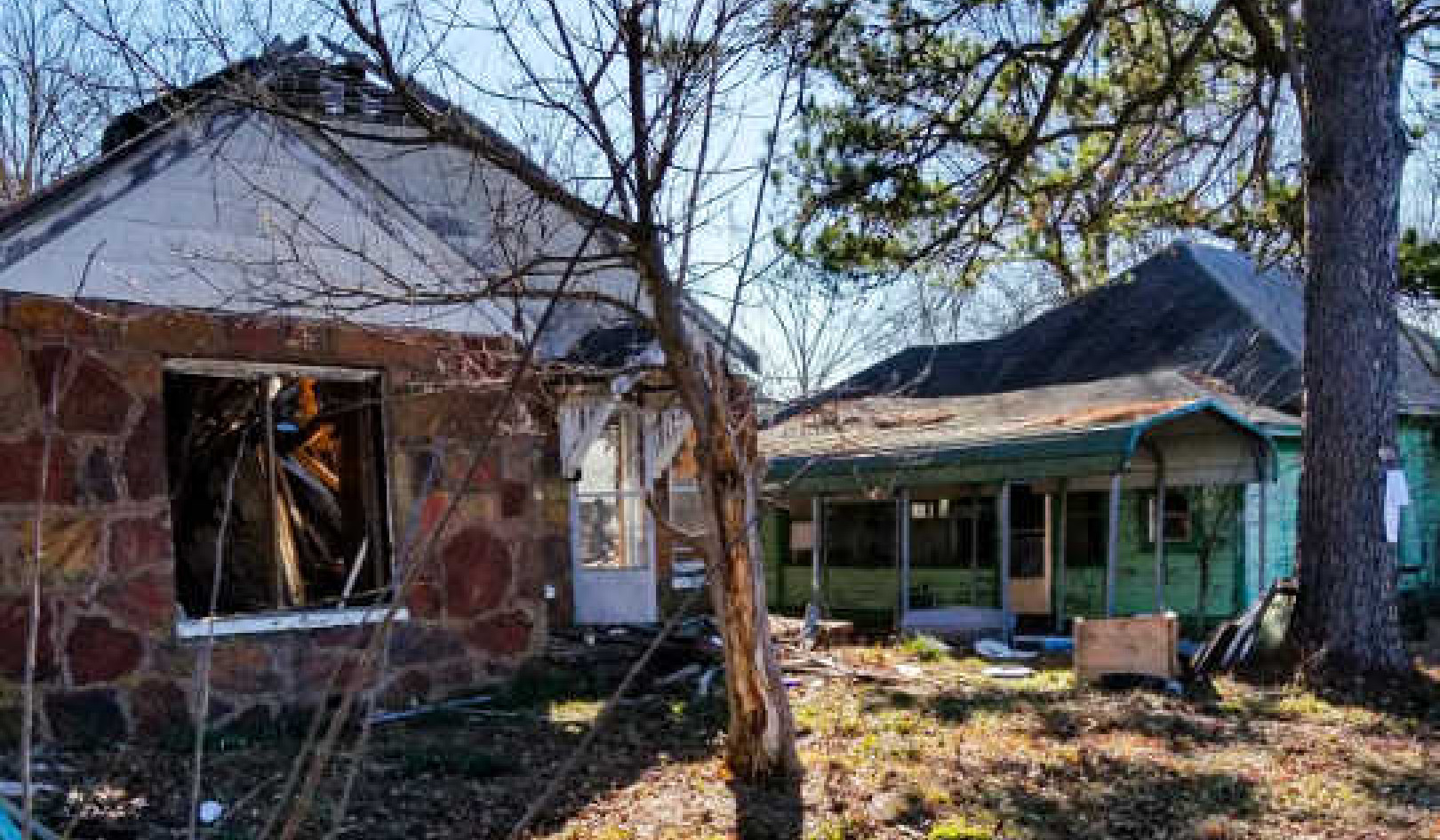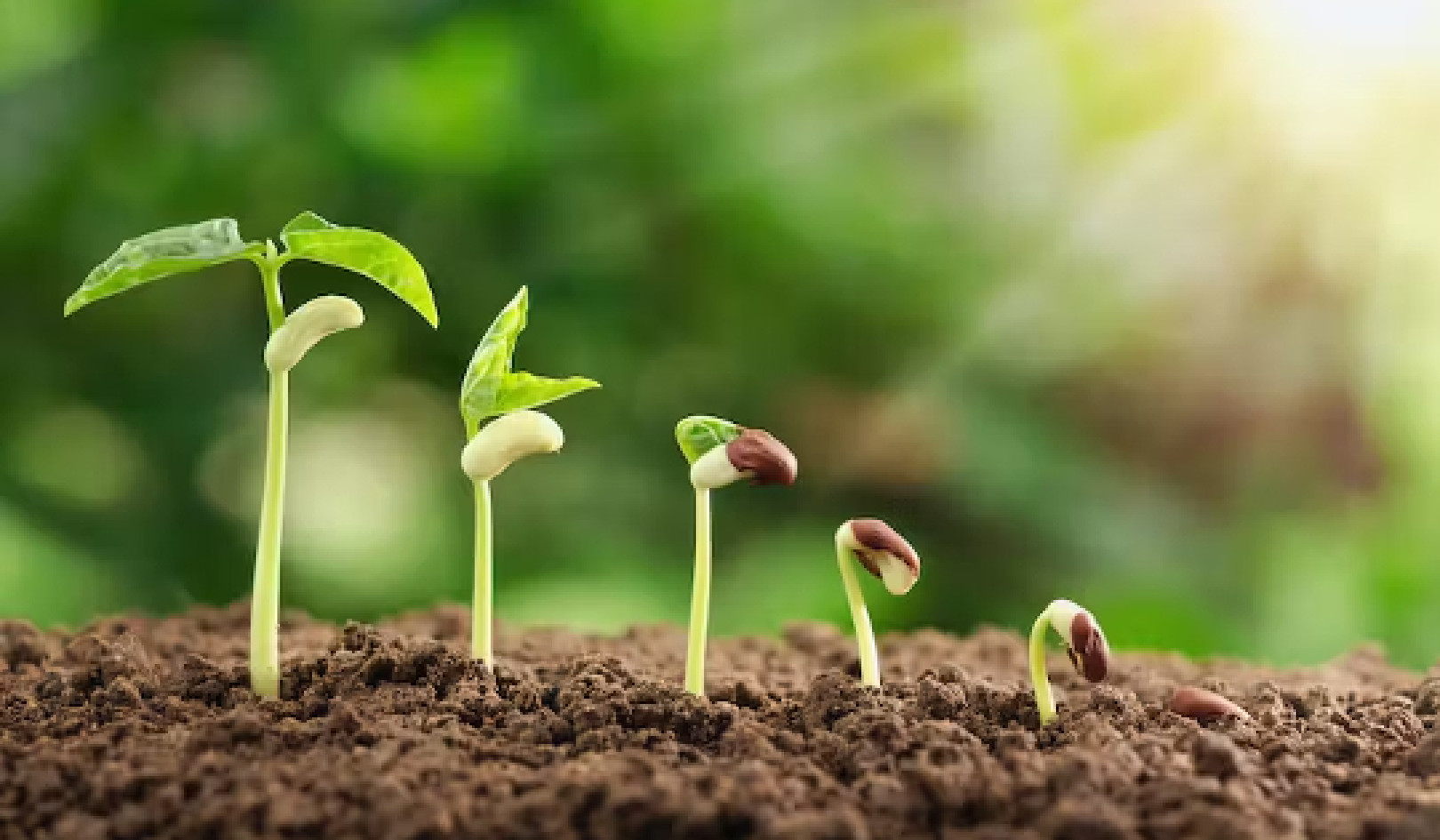
Lama Tsomo is a Tibetan Buddhist lama, a former homesteader, and an heiress to a family fortune, who lives a quiet life in the mountains of Montana. Now she is beginning to teach the practices and insights gained through years of solitary retreats and study.
How can a spiritual awakening improve the chances that our world will be healed? And where can we find the insights and capacities to help each of us navigate life and be authentically happy?
Lama Tsomo, one of the first American women ordained as a Tibetan Buddhist lama, has been mulling these questions for years.
Tsomo is a student of Gochen Tulku Sangak Rinpoche, who carries the teaching of the Nyingma path of Tibetan Buddhism. Under his guidance, Tsomo did more than three years of solitary retreats. And she managed to pick up the Tibetan language, allowing her to converse directly with her teacher using concepts not readily expressed in English.
After she achieved proficiency in all the levels of the Nyingma path, Rinpoche ordained her a lama in his monastery in Nepal in February of 2005 and again in a ceremony in his temple in Montana the following summer.
Lama Tsomo has a remarkable backstory. To many in the United States, Tsomo is known as Linda Pritzker. She's an heir to a family fortune built via the Hyatt Hotel chain and other enterprises. Her well-connected extended family includes Penny Pritzker, recently appointed secretary of commerce by President Obama; Gigi Pritzker, filmmaker and co-founder of Odd Lot Entertainment; and Anthony and Jay Robert Pritzker (J.B.), co-founders of the Pritzker Group, a venture capital and investment management firm recently featured on the cover of Bloomberg Businessweek.
Linda Pritzker had no interest in joining any of the family businesses. As a teenager, she discovered a passion for saving the environment after a summer of exploring the wilderness areas of Glacier National Park and other regions of the American west. She came to believe that a civilization built on an ever-growing demand for stuff (and the natural resources required to produce it) does not result in happiness and well-being, and is not sustainable.
As a young woman, she left Chicago and began a life as a homesteader in Wisconsin, where she raised goats, grew the family's vegetables, and brought up three children. She practiced as a Jungian therapist, wrote a book about the place of women and girls in western mythology, and shared her wealth through philanthropic groups, to which she almost always gives anonymously. (Full disclosure: YES! Magazine is among the nonprofits that receive support from Lama Tsomo and her foundation.) She later moved to a rural community in the mountains of western Montana.
Today, Lama Tsomo—with the oversight of Rinpoche—is building a Buddhist retreat center in Montana called the Namchak Retreat Ranch. She's also developing a plan to teach Tibetan Buddhism via a network of living-room learning and practice circles. She has just completed a book, to be released in 2014, entitled Why Is the Dalai Lama Always Smiling? A Westerner's Introduction and Guide to Tibetan Buddhist Practice. She has also completed a two-DVD set, which is a dialog with Christian mystic theologian Matthew Fox. Through her teachings and writings, she hopes to share the practices that have brought her deep joy and meaning, and to explore ways a greater spiritual awakening can transform our world.
Until now, she has avoided the limelight, closely guarding her privacy and her contemplative way of life. But her teaching practice and writings mean she is becoming a more public figure, and she agreed to share her story and her aspirations with YES! Magazine's Sarah van Gelder.
Sarah van Gelder: I want to talk with you about your spiritual journey and how you became a practitioner and teacher of Tibetan Buddhism. First, what made you realize that you needed a spiritual guide? And what made you think Gochen Tulku Sangak Rinpoche was the right teacher for you?
Lama Tsomo: I had meditated for a number of years, badly, with no instruction. And I just gave up—I just thought, I have no idea what I am doing! My mind is wandering. I might as well be sitting in a dentist's waiting room. So I gave up.
After five years of not meditating, I felt generally out of sorts. My life was off-kilter. So I decided to go back to meditating, but this time I would do it with instruction. I wrote down a list of qualities that I was looking for in a teacher: must not be interested in sleeping with female students, must be knowledgeable in a scholarly way in their tradition, and must be an accomplished practitioner. One thing I forgot to add to the list was "must speak English."
I was at a solitary 10-day retreat at a Tibetan Buddhist center in Santa Fe. And it just so happened that Rinpoche was offering a teaching at the end of the retreat. I didn't get it right away that this was what I had been praying for. But the next time I saw him teach it became clear to me. This is my lama!
Rinpoche was everything I'd had on the list but, of course, he didn't speak English. I'm thankful now, though, because I've learned Tibetan. And to be able to think in Tibetan and understand words that we don't have in English—it's almost like going through the looking glass into another world.
van Gelder: Tell me a little bit more about your teacher's story—I know that he spent some time in prison in Tibet.
Lama Tsomo: During the Chinese Cultural Revolution, there were efforts to disgrace spiritual leaders and reduce their standing in the eyes of their followers.
The authorities knew that Rinpoche had taken a vow not to kill living beings. So they told him they were going to gather the local people in a town square in Kham, eastern Tibet, and that the following day he would have to kill a sheep in front of the crowd or be killed himself.
He stayed awake much of the night trying to figure out what to do. He was only around 13 years old. Finally he came up with a plan: He would get the guard angry enough to hit him, and then he'd fall down.
In the morning, they brought him out to the square where everyone was gathered, and the sheep was brought forward.
He turns to the guard—a Tibetan man, working for the Chinese—and he begins talking dharma [Buddhist teachings]. This was a big no-no; religion was considered "the opiate of the people" at that time. So he's egging the guard on, but the guard isn't doing anything, isn't getting angry. Finally Rinpoche is screaming quotes from the scriptures—actually very inspiring, profound quotes—and everybody in the square is like, "What?"
Finally the guard hauls off and hits him. Rinpoche falls down as planned and stays down. The townspeople, of course, are not at all happy to take part in this, and, as Rinpoche had hoped, somehow the sheep gets away.
The result is that both Rinpoche and his father, also a lama, are sent to prison—both were spiritual leaders with a lineage dating back, even before Buddhism came to Tibet, to the Eagle Clan.
van Gelder: And what was his time in prison like?
Lama Tsomo: It turned out that all of the most accomplished lamas and scholars were thrown in together. Rinpoche, who had lived in an isolated rural area, would never have gotten such a good education if he hadn't gone to prison.
At first, he was absolutely furious at the Chinese. You can imagine. Here's a preteen, suddenly ripped from his family, with no control over his life at all, watching his country being destroyed. In fact, he was being forced to participate in the destruction; prisoners like Rinpoche had to chop down the trees their communities had protected for centuries.
One day, his teacher said, "So, I understand that you aren't always doing the work that they're giving you to do. Sometimes, while they're not looking, you're just making a noise with your hatchet and you don't actually cut the tree."
And he said, "Yes, that's true."
And his teacher said:
Don't do that. We can't count how many lifetimes you've had, but somewhere along the line you must have planted the karmic seeds that you are now reaping. You're working that off while you're studying the dharma with me. And the guards, meanwhile, are sowing the seeds of bad karma that they're going to reap in the future. But they won't have any guidance, so they're going to suffer even more.
Rinpoche gave this a lot of thought, and he began to have compassion for the guards. They were planting bad seeds for their own future, and they weren't even experiencing a fleeting happiness in exchange for the suffering they would experience later.
As Rinpoche came to see his situation from this point of view and trained his mind with the practices, his experience changed from a hellish life to one that he describes as being almost like heaven. Though his outer experience hadn't changed one bit, he was now truly happy.
 Lama Tsomo at her home in rural Montana. (Photo courtesy of Lama Tsomo.)
Lama Tsomo at her home in rural Montana. (Photo courtesy of Lama Tsomo.)
van Gelder: Rinpoche sounds like an extraordinary teacher. How has studying under him, and doing the practices you learned from him, affected your sense of well-being on a daily basis?
Lama Tsomo: When I started studying with Rinpoche, I asked a lot of questions and got a theoretical understanding. But I wanted to see for myself if the methods actually worked.
So I road-tested them. With some practices, I noticed myself becoming calm and awake almost immediately. One thing I did was to sit up in bed first thing in the morning and do a simple practice that takes 30 to 60 seconds. And I felt the difference right away
Other practices took longer, such as the settling-the-mind meditations, but after a while I noticed that I was going through my day in a way that was more compassionate, more calm, more focused, and more who I truly am—that my true essence was coming forward and the other stuff was falling away. The word in Tibetan for realized or enlightened or buddha is sangye. And sang means clearing away, cleansing, and gye means maturing and bringing forth.
I continued to road-test the methods, and I thought I'd try some total immersion. After a couple of 10-day retreats, I really noticed the difference. I was sort of glowing, and some of my old neuroses and static were out of the way. Other people began noticing the change.
In difficult situations with people, where normally I would get caught up in my own emotional reaction, I was able to get a little extra time before the fight-or-flight response took over. That's extra time before the amygdala kicks in and the adrenaline rush, which shuts down the higher brain functions, like compassion. And so I was behaving in a different way in the moment.
And afterwards, rather than holding onto a troublesome encounter and replaying it again and again, and sort of torturing myself with what someone said, I could let go of it.
So yes, I am much happier.
I do have challenges still in my life. As you get older, your responsibilities get bigger and your kids get older and you worry about them, and you worry about your work and the problems of the world. I'm aware of all those things and moved by them. At the same time, I'm not as paralyzed by them or reactive.
van Gelder: I'm wondering where you think we are in this moment in history. You've not only studied Tibetan Buddhism but also Jungian psychology. What have you learned in your studies about where we are and the challenges we face?
Lama Tsomo: From the Jungian point of view, I believe humanity is, in a sense, re-enacting the developmental stages of childhood. Infants are completely unified with their mothers—there isn't even a separate sense of self. Then their egos begin to develop, and as they get to toddler age, they often have nightmares—they worry about monsters under the bed. The conscious mind has to push the unconscious down; they have to find the prince to kill the dragon. So that's the developmental task at that stage.
Then we come to adolescence, where the ego is in complete, full display, not tempered by experience, wisdom, or knowledge. We believe we know better than our father or mother.
Then the prodigal son moment happens and we realize, "Oh my gosh, I don't know it all! And I actually need the help and the wisdom of the generations before me."
I think we're in a prodigal son moment today. We've come to the end of ego inflation; we're starting to see that we don't know everything. Many of us are realizing that we need to go back to the wisdom of the elders. By bringing the wisdom of indigenous cultures together with technology, we have a chance to create a more balanced, adult life.
To speak in shorthand about a very deep and complex process, many of us realize we need to bring our egos into service of the Mother (earth) and Father (sky, spirituality, traditional moral codes). The ego is about feeling ourselves to be separate, distinct from everyone and everything else. From the spiritual point of view—and the new scientific one as well—we see that we're actually, in essence, one big thing.
This joined-together feeling is simply love. My father, in frustration with me, once said, "You think that if we all just loved each other we could solve all of the problems of the world." I considered this for a moment and said, simply, "Yes." He was left uncharacteristically speechless.
I speak of a prodigal son moment because most of us can see that we're on a course that will cause suffering on a level more vast than any in recorded history if we continue on our present, ego-driven course. If we wake up to our being joined with everyone and everything, on a fundamental level, we can figure out how to work together to solve these daunting problems. And we'll feel a lot happier while we do it!
van Gelder: Could you say more about what it would mean if more people began the sort of waking up that you're talking about?
Lama Tsomo: It would mean waking up to the fact that we're not separate—that I can't benefit at your expense.
There was a thought at the beginning of capitalism that if everyone worked for their own benefit, it would benefit all. I think we can say with certainty that we've experimented with that idea and it has been a resounding failure. While self-interest is certainly a human tendency, the fact that we all come from one vast, nonsubstantial awareness is the most fundamental aspect of human nature. Capitalism—or corporatism, as I see it—doesn't take this more fundamental aspect into account. A corporation is an artificial way for humans to work together. It isn't based on the village or the tribe, which are eons-old ways of working together that take into account our naturally evolved desire to contribute. And communism, per se, hasn't worked either; it's also artificial and doesn't fit who we are as human beings. That's why it failed, too.
Our true nature is that we're not separate. If we really were separate, why do we care when we see a mother hit her child?
We're caught up in this movie we're creating to interpret reality, and we don't understand that we're the author and the director. And from that illusion issues a lot of suffering.
But what if we pull away those layers, which is what the Buddha did? What if we see reality as it really is—that we're each a wave on one vast, beautiful ocean? Then we would simply need to solve our problems, which, I think, we have the mental capacity to do.
van Gelder: How do you see that playing out? What signs do you look for that, at least in some aspects of our world, people are acting on that sense of interconnectedness?
Lama Tsomo: Our situation is like a house of cards; the way we've arranged ourselves is terrible for everybody and the Earth. It's not working for us.
An old paradigm is dying. I think of it like an old landmass that is crumbling into the sea and can no longer support us. We can try to use big steel girders to hold it together and use lots of resources and effort. Or we can look over and see there is a new continent, a new landmass that is naturally emerging, just as the islands of Hawai'i emerged out of the ocean.
That natural emergence is a key thing that I use in looking at investments as well as at philanthropy. My father trained us to understand that having more resources than we need means that we have a responsibility to help the world and others who don't have that.
van Gelder: Can you give me some examples of some of the areas where you see that emergence happening?
Lama Tsomo: Ownership is a key one. I was reading about ownership in a recent issue of YES! Magazine and felt that this is absolutely key. So that question is in my thinking as I try to do the right thing in the world. Another is moving from a Wall Street economy to one based on Main Street.
Another example is the work of Allan Savory, a proponent of rotation grazing, which is more efficient as well as sustainable because it more closely imitates nature.
van Gelder: You're so aware of the world situation and just how dire things have now become. How do you maintain your sense of equanimity and happiness at the same time that you're conscious of how much suffering there is?
Lama Tsomo: Years ago, before I came upon these practices, I lived with a sense of fear. We are using up all kinds of resources, sometimes to just to keep up with the neighbors, and buying stuff we've been cleverly convinced to buy, but can we do that without destroying the Earth?
The more we open to the fact that we're not separate, the more deeply aware we become of the pain and peril that are so present in the world at this time. But if we really open to that, we're going to feel the vast tragedies that our misguided actions have created. We need the strength to be able to remain open as we go through that. The thing that most causes people to close off is feeling helpless, I think.
One of the practices that we do is to be aware of impermanence, entropy, and that any conglomeration of things put together falls apart—and that includes our bodies. So in the limited time I have left, I ask myself, what am I going to do that will be most strategic to have the biggest effect in benefiting beings? That's my motivation each day.
And, to exercise the compassion muscle, there are practices, such as tonglen, where you visualize people who are caught up in a disaster or a difficult situation, breathing in the suffering to relieve them of it and giving back happiness. The breath and visualization help you to make your natural compassionate response more vivid and visceral. It then helps to take you out of the I-can't-do-anything paralysis mode into action mode. Over the years I've found that the exercising of this "compassion muscle" has increased my capacity for compassion tremendously.
Years ago, Rinpoche tasked me with building a retreat facility where people could practice these methods in total immersion, in a pristine, natural environment. A few of us are now working on this together, under Rinpoche's guidance. We hope to open the large temple facility in 2018 or 2019.
Our sangha has also built the Garden of 1,000 Buddhas a few miles away—a pilgrimage spot. It just so happens the central figure at the Garden is a 27-foot-high carving of Yum Chenmo. Yum Chenmo means "Great Mother" in Tibetan—the great pregnant emptiness out of which all manifestation comes. She's also known as "Prajnaparamita," which in Sanskrit means transcendent knowledge.
There are qualities within that emptiness. For example, she's nude from the waist up so her breasts are showing, and breasts are associated with compassion. Once we get down to the root within ourselves that is common to all, that pure knowing awareness, we can see that if there is suffering over there, I'm not separate from it. There's a responsiveness that's inherent to being alive and aware.
van Gelder: You are moving into a new phase in which teaching is going to be a major focus of your life. What form will that take?
Lama Tsomo: Through the practices I learned from studying with Rinpoche, I've found a way to be open to the suffering and to support solutions — whether with my time, my thinking, my money, or my encouragement to others who are doing things.
While the challenges in my life don't match the ones Rinpoche faced in prison, I certainly have them. Don't we all? Yet because of having practiced these methods, I generally feel joyful, compassionate, and deeply resourced. We all need that in these challenging times, which I think are only going to get more challenging. Yet we can meet what comes with skill and joy and heart.
Rinpoche spent countless hours painstakingly teaching me these methods that have caused my experience of this life to be deeply meaningful and joyful. Just after he ordained me a lama, he talked of my responsibility to pass these teachings along. The Namchak retreat facility, the book I've just finished writing, and a network of living-room practice groups I'll be forming are all ways I am bringing this form of Tibetan Buddhism to interested westerners.
Guru Rinpoche, who brought Buddhism to Tibet, predicted that Buddhism would come to the West. He also predicted many specific things about these times. One prediction was that, when the world becomes especially challenging, people will turn to the methods of Tibetan Buddhism because they can help us to deal with these difficult times. I want to help whomever is interested to access this wellspring of wisdom.
Learn about Lama Tsomo's work and about the Namchak Retreat Ranch at http://www.namchakretreatranch.org/about-namchak/lamatsomo/ where you can also find information about her upcoming book, Why Is the Dalai Lama Always Smiling? and her DVD with Christian mystic theologian, Matthew Fox, "The Lotus and the Rose."
About the Author
 Sarah van Gelder wrote this article for YES! Magazine, a national, nonprofit media organization that fuses powerful ideas and practical actions. Sarah is co-founder and Executive Editor of YES! Magazine and YesMagazine.org. She leads the development of each quarterly issue of YES!, writes columns and articles, and also blogs at YesMagazine.org and on Huffington Post. Sarah also speaks and is frequently interviewed on radio and television on leading-edge innovations that show that another world is not only possible, it is being created. Topics include economic alternatives, local food, solutions to climate change, alternatives to prisons, and active nonviolence, education for a better world, and more.
Sarah van Gelder wrote this article for YES! Magazine, a national, nonprofit media organization that fuses powerful ideas and practical actions. Sarah is co-founder and Executive Editor of YES! Magazine and YesMagazine.org. She leads the development of each quarterly issue of YES!, writes columns and articles, and also blogs at YesMagazine.org and on Huffington Post. Sarah also speaks and is frequently interviewed on radio and television on leading-edge innovations that show that another world is not only possible, it is being created. Topics include economic alternatives, local food, solutions to climate change, alternatives to prisons, and active nonviolence, education for a better world, and more.
Related Book
 Why Is the Dalai Lama Always Smiling?: A Westerner's Introduction and Guide to Tibetan Buddhist Practice
Why Is the Dalai Lama Always Smiling?: A Westerner's Introduction and Guide to Tibetan Buddhist Practice
by Lama Tsomo.
Click here for more info and/or to order this book on Amazon.




























